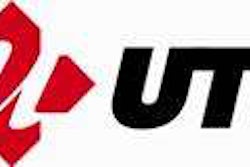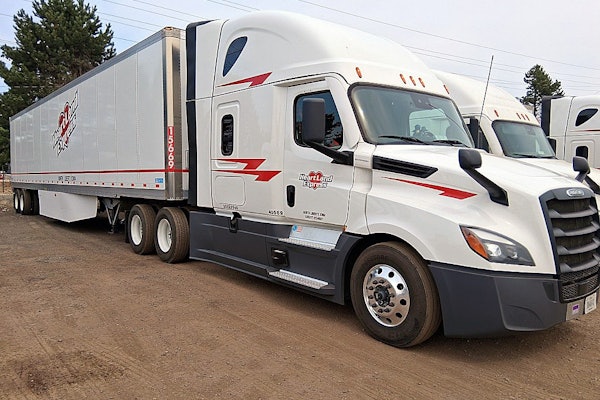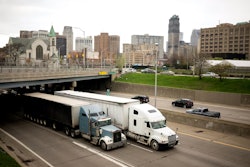The U.S. Department of Transportation announced a $54 million loan that will help pay for two additional lanes and the reconstruction of U.S. 36, bringing congestion relief to drivers in Colorado. The Colorado Department of Transportation’s High Performance Transportation Enterprise, the recipient of the loan, estimates that, once completed, the new and improved U.S. 36 will provide an estimated 25 minute time savings for drivers traveling between Boulder and Denver.
Construction is scheduled to begin in summer 2012. “This loan is another important milestone in our efforts to rebuild U.S. 36,” says U.S. Transportation Secretary Ray LaHood. “This will reduce congestion on U.S. 36, helping people to get to and from their jobs more easily and spurring Colorado’s economy.”
The project consists of a 10-mile segment of U.S. 36 from the northern end of the existing reversible I-25 Express Lanes towards Boulder in the northwest. It includes construction of one new managed high-occupancy-vehicle (HOV) lane in each direction and the reconstruction of the general purpose lanes for a total of six lanes.
Carpoolers and buses will use the HOV lanes for free while single-occupancy vehicles can pay a toll to use the lanes, essentially converting them to high-occupancy-toll (HOT) lanes. The new lanes will make it possible to provide additional bus service on U.S. 36, which already has the highest bus ridership in the region with 15,000 patrons on a weekday.
U.S. 36 is already a congested and rapidly growing corridor carrying between 80,000 and 100,000 vehicles each day. The project also will build a pathway for bicycles and pedestrians, and the bus rapid transit system will become part of the Regional Transportation District’s FasTracks system, connecting buses to the existing public transportation networks at Denver Union Station. “New bus service together with more lanes will provide smart congestion-free choices for all travelers to ensure better trip reliability,” says Federal Highway Administrator Victor Mendez.
DOT’s Transportation Infrastructure Finance and Innovation Act program, which provides credit assistance for infrastructure projects, provided the $54 loan toward the total project cost of $307 million. The TIFIA loan was made possible through an American Recovery and Reinvestment Act Transportation Investment Generating Economic Recovery (TIGER) grant. Projects were selected based on their ability to contribute to the long-term economic competitiveness of the nation, improve the condition of existing transportation facilities and systems, increase livability and create or preserve jobs quickly.












